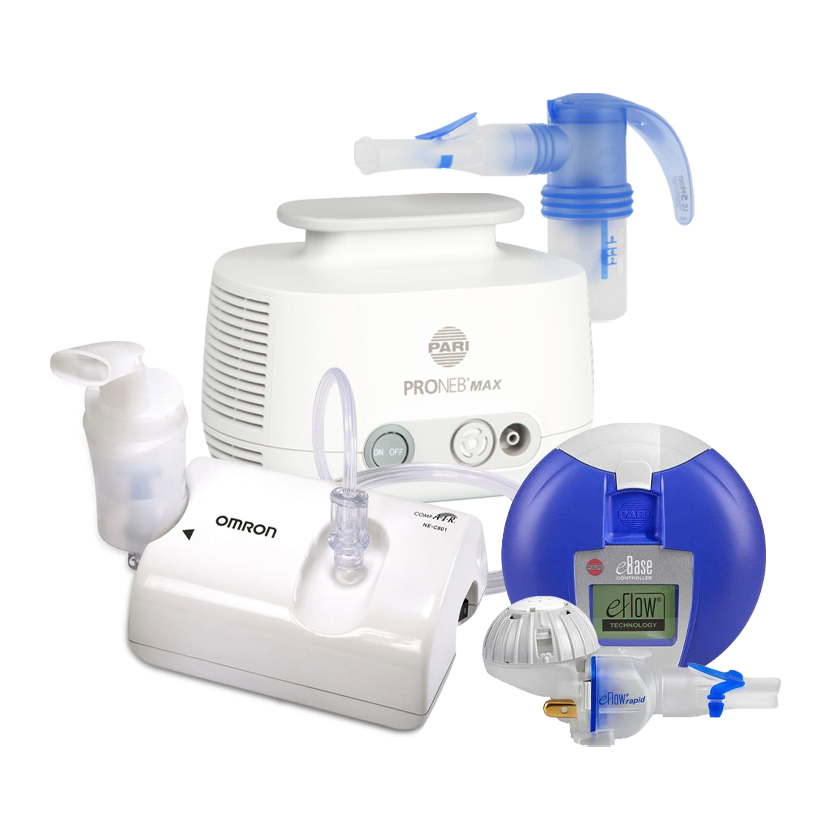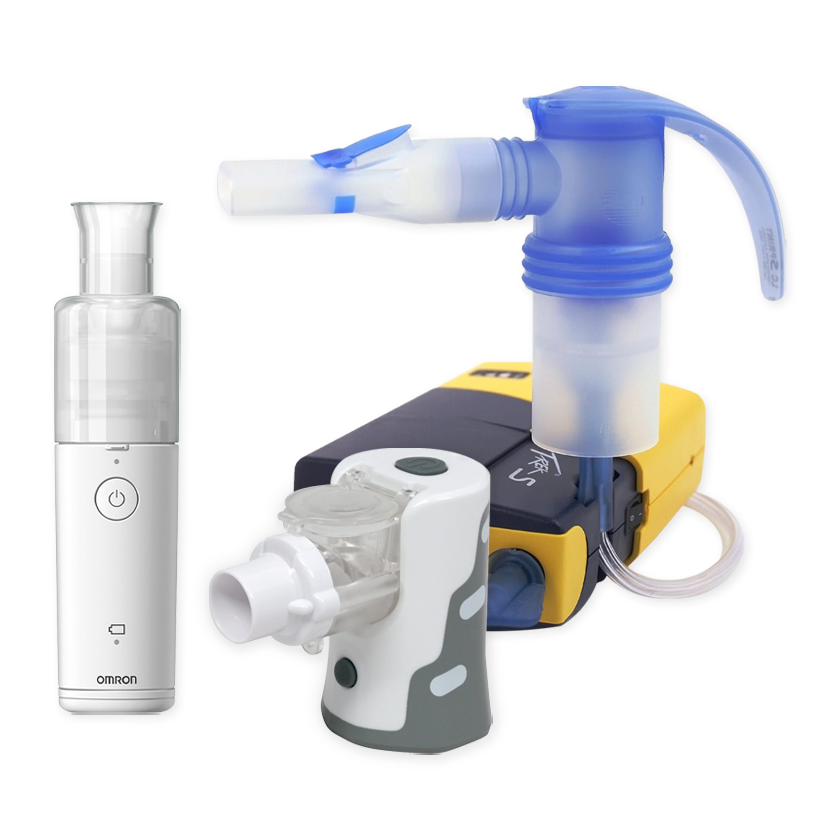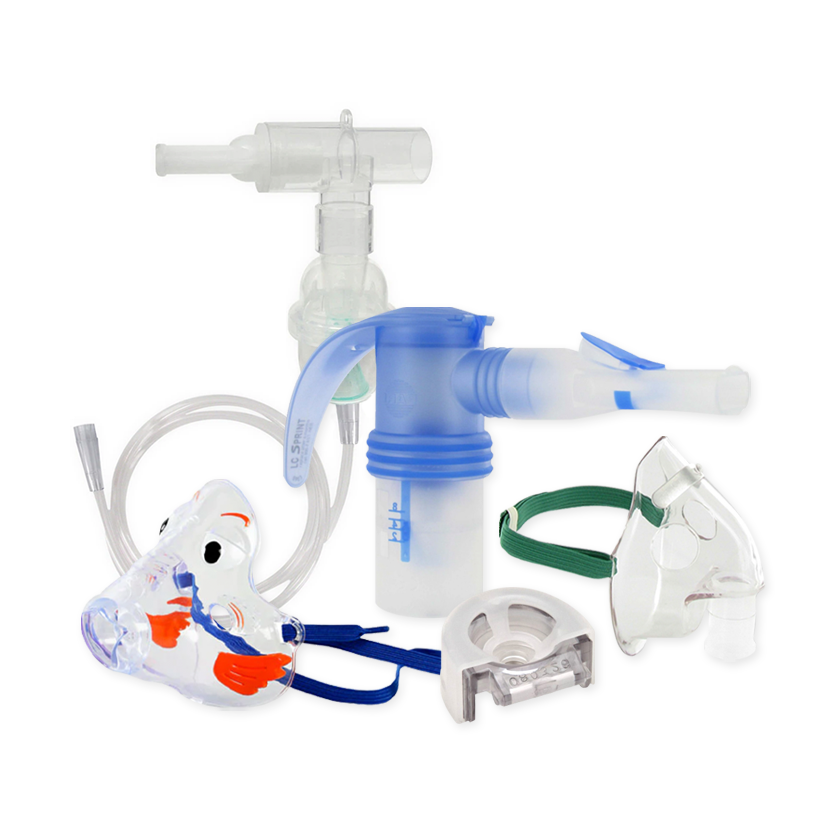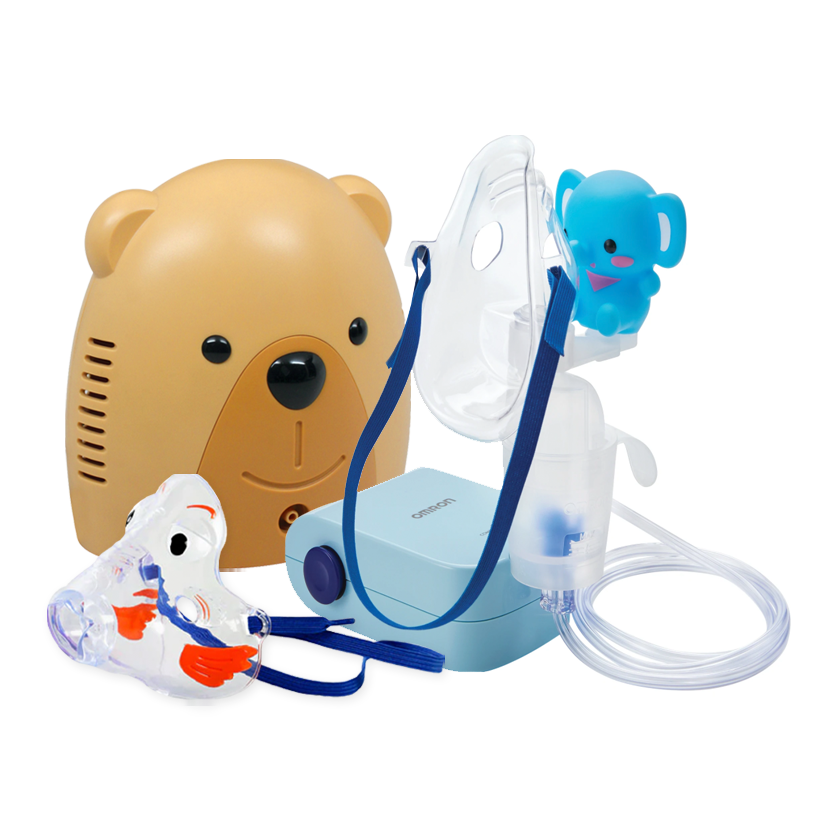Your Cart is Empty
Free Shipping on all orders over $75! Plus, free express shipping on select items.
Menu

Free Shipping on all orders over $75! Plus, free express shipping on select items.
Nebulizer Systems
Travel Nebulizers
Nebulizer Accessories
Just For Kids
Oxygen Supplies

Use a Fingertip Oximeter to Track Your Oxygen Saturation at Home
April 09, 2020 1 min read
Read MoreStudy Shows Asthma Deaths on the Decline, COPD Deaths on the Rise
August 24, 2017 1 min read
Over the past 25 years, cases of asthma have risen by 40 million worldwide, going from 318 million in 1990 to 358 million in 2015. Fortunately, at the same time deaths from asthma have declined by more than 26%, dropping from 550 thousand to 400 thousand.
Read MoreStudy Shows Mite-Proof Bedding Reduces Severity of Asthma Attacks in Children
April 17, 2017 1 min read
Dust mites, the microscopic parasites which feed on dead skin and hair left behind by humans, are one of the world’s most common asthma and allergy triggers. So a new study from England decided to test if asthmatic children would fare better when using mite-proof mattress and pillow covers.
Read MoreInvestigation Into a New Protein May Lead to Better Asthma Therapies
March 08, 2017 1 min read
A new study from the University of Leicester in the UK is giving scientists a clearer understanding of how a protein called high-mobility group box 1, or HMGB1 for short, plays a pivotal role in asthma.
During an asthma attack, the lining of one’s airways become inflamed, and more mucus is produced, making it harder to breath. HMGB1 is a protein which, among other things, promotes inflammation.
Heartburn Medication Linked to Asthma in Babies
February 27, 2017 1 min read
Taking heartburn medication while pregnant may increase your child’s risk of developing asthma, according to a review of studies recently published in the Journal of Allergy and Clinical Immunology.
The review looked at eight different studies with a combined total of more than 1,600,000 participants. It found that children whose mothers took H2 blockers such as Pepcid and Tagamet while pregnant had a 46% increased risk of asthma development.
How to Protect Yourself from Thunderstorm Asthma
January 16, 2017 1 min read
Thunderstorm asthma has been in the news a lot lately, after a recent case in Melbourne, Australia sent around 8,500 people to the emergency room and killed 8.
What exactly is thunderstorm asthma? During a thunderstorm, winds pick up grass, tree, and weed pollens that under normal circumstances would be too big to breath in.
Breastfeeding Reduces Asthma Symptoms in Infants, Study Suggests
December 08, 2016 1 min read
We don’t know exactly what causes asthma, but it seems to be a combination of genetic and environmental factors.
One of the many genetic factors scientists have linked to an increased asthma risk is gene variants located on chromosome 17 at region 2 band 1, aka 17q21.
Subscribe
Sign up to get the latest on sales, new releases and more …

NEW CUSTOMERS SAVE 10% OFF YOUR FIRST PURCHASE OF $20 OR MORE.
Code will be sent to email entered if applicable
SIGN UP FOR FUTURE SALES, NEW PRODUCTS AND ANNOUNCEMENTS
{"themeColor":"#061f77","iconColor":"#061f77","showLogo":true,"topBottomPosition":0,"rightLeftPosition":5,"iconSize":"large","iconCustomSize":64,"position":"middle-right"}








